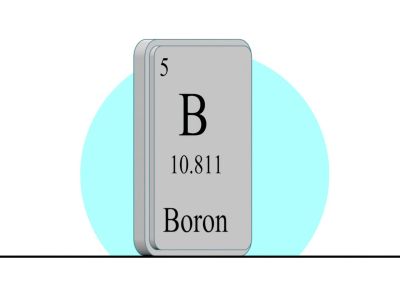Effects and Use of Boron on Plants
Boron is a micronutrient necessary for plant growth. Without adequate boron in the soil, plants may appear healthy but will not flower or fruit. Water, organic matter and soil texture are all factors that affect boron in soil. The balance of too little or too much between plants and boron is a delicate one. Heavy boron soil concentration can be toxic to plants. Boron helps control the transport of sugars in plants. It is important to cell division and seed development. As a micronutrient, the amount of boron in soil is minute, but among micronutrients, boron deficiency in plants is the most common. Deep watering will relieve heavy boron soil concentrations by leaching the nutrient away from the roots. In good soil, this leaching won’t cause boron deficiency in plants. The organic material used to enrich and fortify the earth will release the micronutrient back into the soil. On the other hand, lightly water the plants and boron levels can rise and damage roots. Too much lime, a common garden additive, around your plants and boron will be depleted. The first signs of boron deficiency in plants shows in the new growth. Leaves will yellow and growing tips will wither. Fruit, particularly noticeable in strawberries, will be lumpy and deformed. Crop yield will suffer. If you suspect a boron deficiency problem with your plants, using a small amount of boric acid (1/2 tsp. per gallon of water) as a foliar spray will do the job. Be careful as you use boron on plants. Again, heavy boron soil concentrations are toxic. Turnips, broccoli, cauliflower, cabbage, and Brussels sprouts are all heavy boron users and will benefit from a light yearly spray. Apples, pears, and grapes will also benefit.
